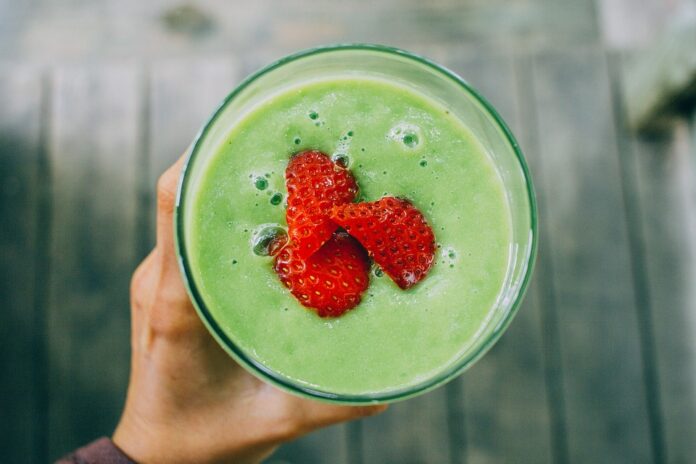The Difference Between Batch Blending and Continuous Mixing Systems
Introduction
When it comes to manufacturing processes, batch blending and continuous mixing systems are two common methods used in various industries. Both methods have their advantages and disadvantages, and choosing the right one can significantly impact the quality, efficiency, and cost-effectiveness of production. In this report, we will explore the differences between batch blending and continuous mixing systems, including their processes, applications, benefits, and drawbacks.
Batch Blending Systems
Batch blending systems involve mixing a predetermined amount of ingredients in a single batch. This method is commonly used in industries such as food and beverage, pharmaceuticals, chemicals, and cosmetics. In a batch blending system, all ingredients are added to a mixing vessel, where they are blended together until the desired consistency is achieved. Once the mixing process is complete, the batch is discharged and the vessel is cleaned before the next batch is prepared.
One of the main advantages of batch blending systems is their flexibility. They allow for easy customization of recipes and quick changeovers between different products. This makes batch blending ideal for small-scale production or when multiple products need to be produced in limited quantities. Additionally, batch blending systems are relatively easy to set up and maintain, making them a cost-effective option for many manufacturers.
However, batch blending systems also have some drawbacks. One of the main limitations is the time it takes to complete each batch. The process of loading ingredients, mixing, and cleaning can be time-consuming, leading to longer production times and reduced efficiency. Additionally, batch blending systems may not be suitable for continuous production processes that require a constant flow of materials.
Continuous Mixing Systems
Continuous mixing systems, on the other hand, involve a continuous flow of ingredients that are mixed together as they move through the system. This method is commonly used in industries such as construction, plastics, and agriculture. In a continuous mixing system, ingredients are fed into the system at a constant rate, where they are mixed together and discharged in a continuous stream.
One of the main advantages of continuous mixing systems is their efficiency. Because the mixing process is continuous, there is no need to stop and start between batches, leading to higher production output and reduced downtime. Continuous mixing systems are also well-suited for large-scale production processes that require a constant flow of materials.
However, continuous mixing systems also have some drawbacks. One of the main challenges is maintaining consistent quality control. Because the mixing process is continuous, any variations in ingredient quality or flow rate can impact the final product. Additionally, continuous mixing systems can be more complex to set up and operate compared to batch blending systems, leading to higher initial costs and maintenance requirements.
Comparison and Industry Insights
In terms of cost-effectiveness, batch blending systems are generally more affordable to set up and maintain compared to continuous mixing systems. However, continuous mixing systems offer higher production output and efficiency, making them a better choice for large-scale production processes. The choice between batch blending and continuous mixing systems ultimately depends on the specific requirements of the manufacturing process, including production volume, product consistency, and cost considerations.
Some companies that specialize in batch blending systems include Charles Ross & Son Company, INOX, and Silverson Machines. These companies offer a range of batch blending equipment for various industries, including mixers, blenders, and homogenizers. On the other hand, companies such as GEA Group, Buhler, and Hosokawa Micron specialize in continuous mixing systems, offering solutions for high-volume production processes.
Overall, both batch blending and continuous mixing systems play a crucial role in modern manufacturing processes, offering unique advantages and challenges. By understanding the differences between these two methods, manufacturers can make informed decisions to optimize their production processes and improve product quality.
In conclusion, batch blending systems are ideal for small-scale production with frequent recipe changes, while continuous mixing systems are better suited for large-scale production with high output requirements. By considering the specific needs of the manufacturing process, companies can choose the right blending system to maximize efficiency, quality, and profitability.


